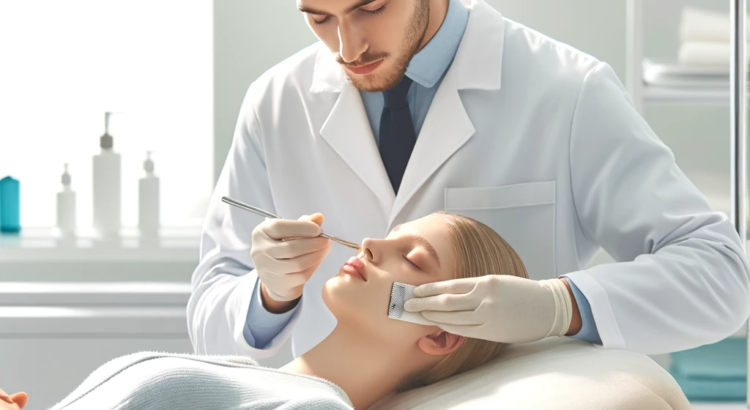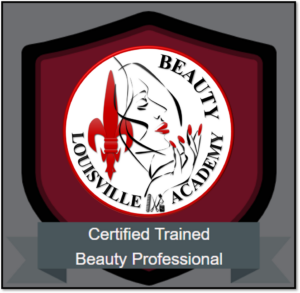In the ever-evolving landscape of beauty and skincare, dermaplaning has emerged as a popular procedure known for its simplicity and effectiveness. For students embarking on a career in cosmetology and laypersons curious about this treatment, understanding the intricacies of dermaplaning is crucial.
What is Dermaplaning?
Dermaplaning is a cosmetic treatment that involves the careful exfoliation of the skin’s surface. Using a sterile surgical blade, a trained professional gently scrapes the topmost layer of skin, removing dead cells, peach fuzz, and debris. This procedure reveals a brighter, smoother complexion beneath the superficial layer.
Educational Path and Training
For students, the journey towards becoming a certified practitioner of dermaplaning begins with a comprehensive education in cosmetology or esthetics. Accredited programs offer both theoretical and practical training, ensuring that students understand the anatomy of the skin, the intricacies of various skin treatments, and the safe handling of tools required for procedures like dermaplaning.
Upon completing their coursework, students must often undergo specific training for dermaplaning, which can include:
- Safety and Sanitation: Learning how to maintain a sterile environment to prevent infections.
- Technique: Mastering the angle and pressure required to efficiently remove dead skin without causing irritation.
- Skin Assessment: Identifying which skin types and conditions are suitable for dermaplaning.
What Aspiring Estheticians Should Know
Before adding dermaplaning to their repertoire, aspiring estheticians should be aware of the following:
- Certification: Ensure that any advanced classes or certifications in dermaplaning are recognized by the state board of cosmetology.
- Practice: Like any skill, dermaplaning requires practice. Mannequins and volunteering peers can provide valuable hands-on experience.
- Scope of Practice: Understand the legal scope of practice in your region, as some states have specific regulations about who can perform dermaplaning.
What Clients and the Public Should Know
If you’re considering dermaplaning, it’s essential to be informed about the procedure:
- Professionalism: Always seek a licensed professional to perform the treatment. Dermaplaning is not a DIY-friendly procedure due to the risks of using a surgical blade.
- Benefits: Expect a smoother skin texture, diminished fine lines, and an enhanced skincare routine post-treatment as products penetrate more effectively.
- Maintenance: Results from dermaplaning are not permanent. Hair and skin cells will naturally regenerate, so regular treatments may be necessary.
Potential Risks
While dermaplaning is safe for most people, it carries potential risks such as:
- Irritation and Redness: Some skin types may react with temporary redness or sensitivity post-treatment.
- Breakouts: Those with active acne should avoid dermaplaning, as it can irritate and spread bacteria.
Conclusion
Dermaplaning stands as a testament to the beauty industry’s commitment to innovation and education. For students, mastering this technique opens the door to an array of opportunities in the field of esthetics. For clients, it offers a path to rejuvenated skin. As with any cosmetic procedure, education, expertise, and safety are paramount—principles that hold the well-being of the client in the highest regard. Whether you are a student of cosmetology or someone curious about enhancing your skin’s health and appearance, dermaplaning is a noteworthy addition to the beauty lexicon.







